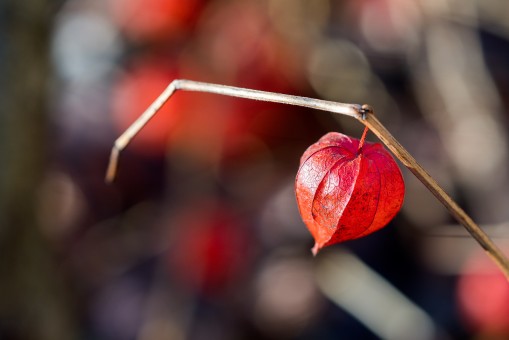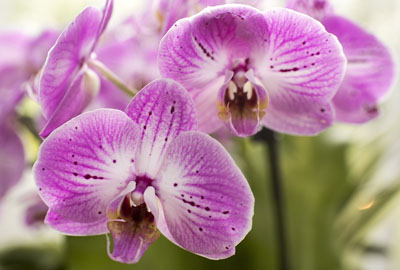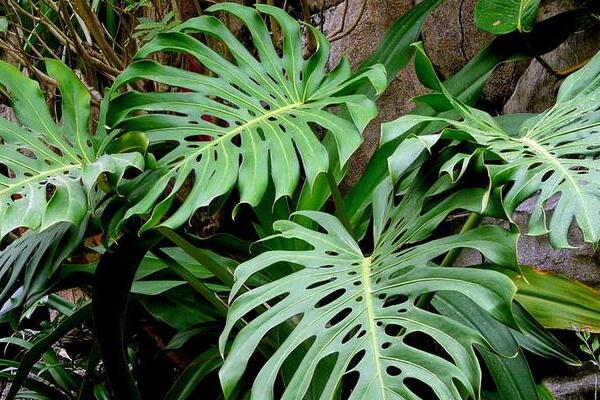Is it feasible for perennial herbs to be planted in rural areas? What are the values? When will it be ready? When?
Lantern grass, also known as sour pulp, ghost lantern, bitter lantern, is a common perennial herb in most parts of our country. It is widely cultivated because of its high medicinal value. Is it feasible to plant lantern grass in rural areas? What are the values? When will it be ready? When will it be harvested?

As a kind of wild plant with strong vitality, lantern grass can grow luxuriantly without maintenance, and artificial planting is naturally feasible. And it's quite easy to manage. Growing in the countryside (or in the wild) is divided into north and south. About the boundary of the Yellow River, there is a kind of rhubarb lantern fruit to the north of the Yellow River and a small yellow lantern fruit to the south. Large fruit is more suitable for fruit type, edible, medicinal, can make wine, do preserved fruit or canned fruit or sauce, etc., although small fruit can also be used for food and wine, but most of it is used medicinally.
The specific planting techniques are as follows:
Seedling propagation is dominated by seed propagation.
Buy or pick your own seeds, soak them in warm water of about 50 degrees for 10 minutes and then soak them in 30 degrees water for 24 hours. Drain, mix well with water and sand, wrap it with cloth, turn it every day, place it in the sun, shade it, and sprout in 3 to 5 days. It can be sowed on the whole seedbed, or on the whole border. Two to four seeds per hole.
Fertilizer application
The nursery bed and planting land can apply 3000 jin of stable fertilizer per mu as base fertilizer, which should be applied first when the seedlings are as high as 7 centimeters, or a small amount of chemical fertilizer can be applied. The height of the seedling is about 20 cm, which can be transplant or interseedling.
Colonization
Generally, there should be reasonable close planting, about 3500 seedlings of northern rhubarb varieties and 5000 seedlings of southern rhubarb varieties.
Diseases and insect pests
The disease was mainly powdery mildew, and 1000-fold spray of 70% methyl topiramate wettable powder could be used at the initial stage. A single plant (or a small number of occurrence) is simply sprayed and burned.
The main underground pests, grubs, ground tigers, sprayed or irrigated the roots with 1000 times of phoxim EC.
The value of Dioscorea chinensis
The whole herb has the effect of clearing away heat and detoxification. Dragon fruit with heat-clearing and detoxification, pharynx, phlegm, diuresis, for sore throat hoarseness, phlegm-heat cough, adverse urination.
Planting time and harvest time:
Planting can be divided into three kinds, spring seedling, spring seed and autumn seed.
The whole growth period is about 120 days, just like the southern early rice is a little shorter, spring seedling planting should be in the greenhouse from January to February, after raising seedlings, the open field temperature in late March should be timely transplanting open field planting.
Spring seed: in late March, seedlings were raised and planted in the open field.
Autumn seeds: seedlings can be raised in June, planted in the open field in July, and can be harvested when the temperature drops from September to 10.
Time: 2019-04-08 Click:
- Prev

Can the herbaceous Phalaenopsis be hydroponically cultivated? How do you raise it? After the flower fades, how to make it blossom again?
Phalaenopsis, also known as Phalaenopsis, is a common perennial herb in China's subtropical rain forest. It is deeply loved by people because its flowers are like butterflies. Many people like to raise them indoors to improve their indoor effect. Can Phalaenopsis be hydroponically cultivated? How do you raise it? After the flower fades, how to make it blossom again? Can be hydroponically cultivated.
- Next

Is the "natural sweeper" tortoise carrying bamboo poisonous? Can I keep it indoors? Can I get hydroponic culture? How do you raise it? If you don't open your back, how can you?
Tortoise back bamboo, also known as Penglai banana, iron magnolia, perforated forest taro, is a common evergreen shrub of the genus Phyllostachys pubescens in Araceae. It is called a natural scavenger because it absorbs formaldehyde, benzene and other harmful gases. At present, many people like to keep it indoors.
Related
- Fuxing push coffee new agricultural production and marketing class: lack of small-scale processing plants
- Jujube rice field leisure farm deep ploughing Yilan for five years to create a space for organic food and play
- Nongyu Farm-A trial of organic papaya for brave women with advanced technology
- Four points for attention in the prevention and control of diseases and insect pests of edible fungi
- How to add nutrient solution to Edible Fungi
- Is there any good way to control edible fungus mites?
- Open Inoculation Technology of Edible Fungi
- Is there any clever way to use fertilizer for edible fungus in winter?
- What agents are used to kill the pathogens of edible fungi in the mushroom shed?
- Rapid drying of Edible Fungi

